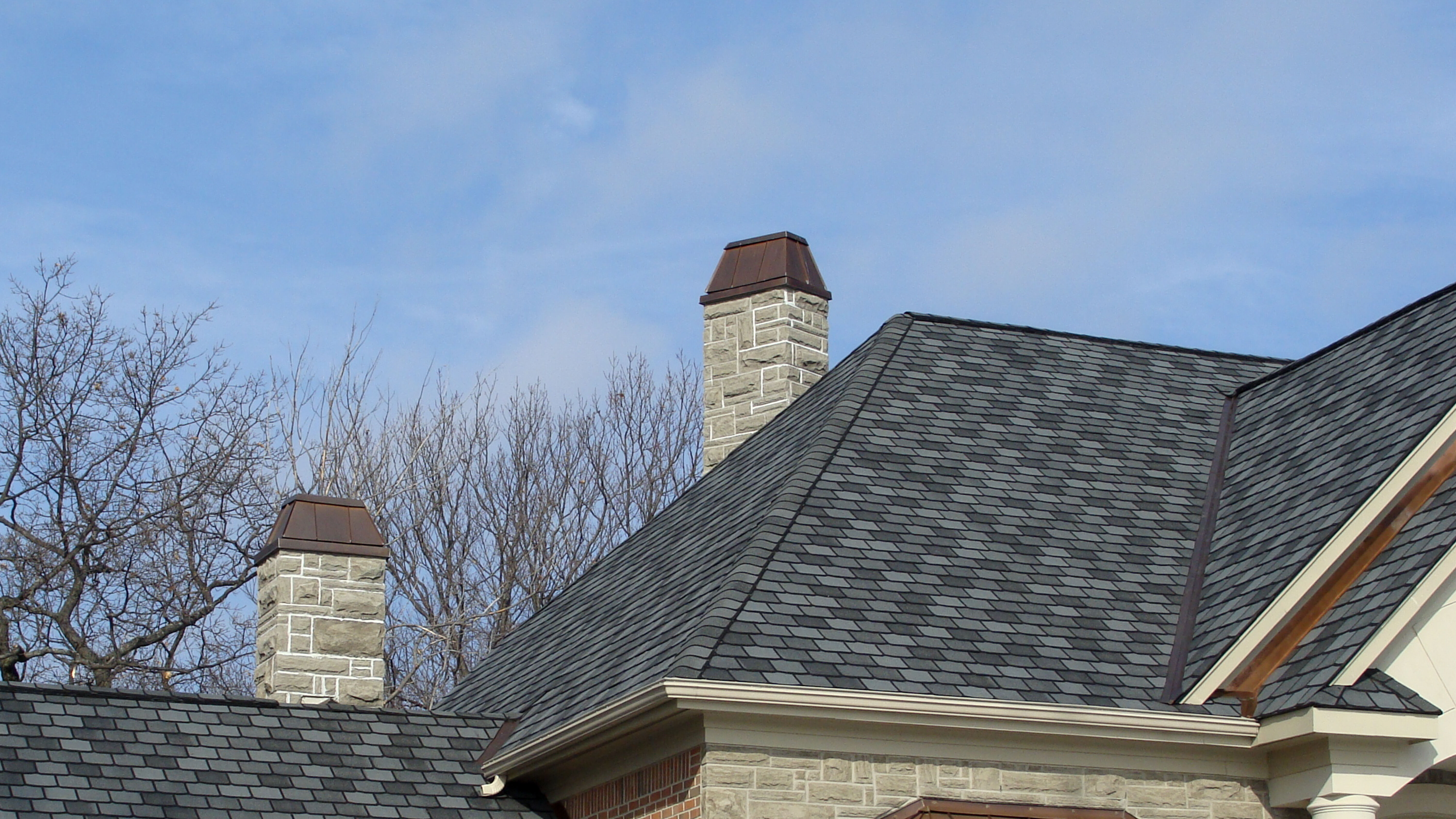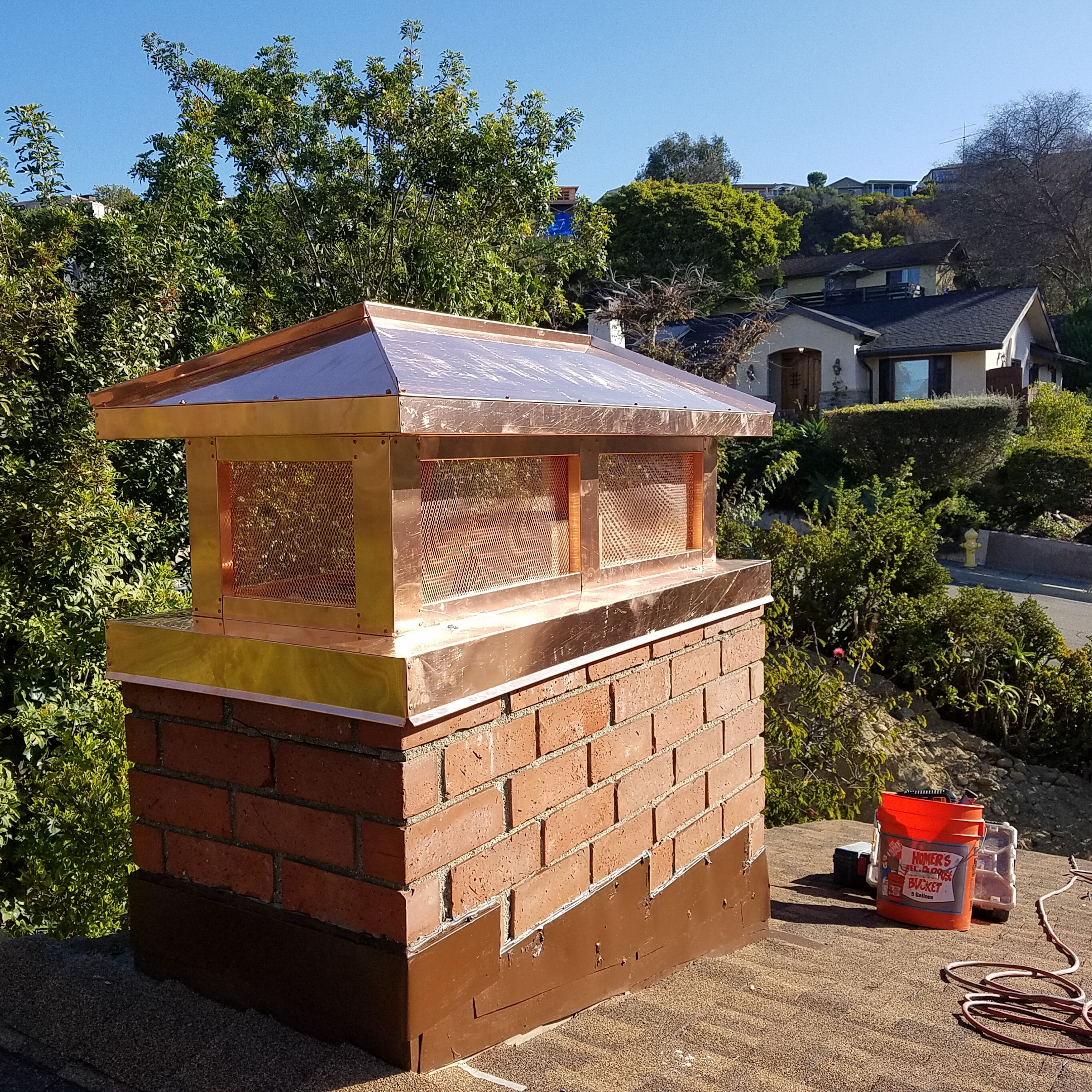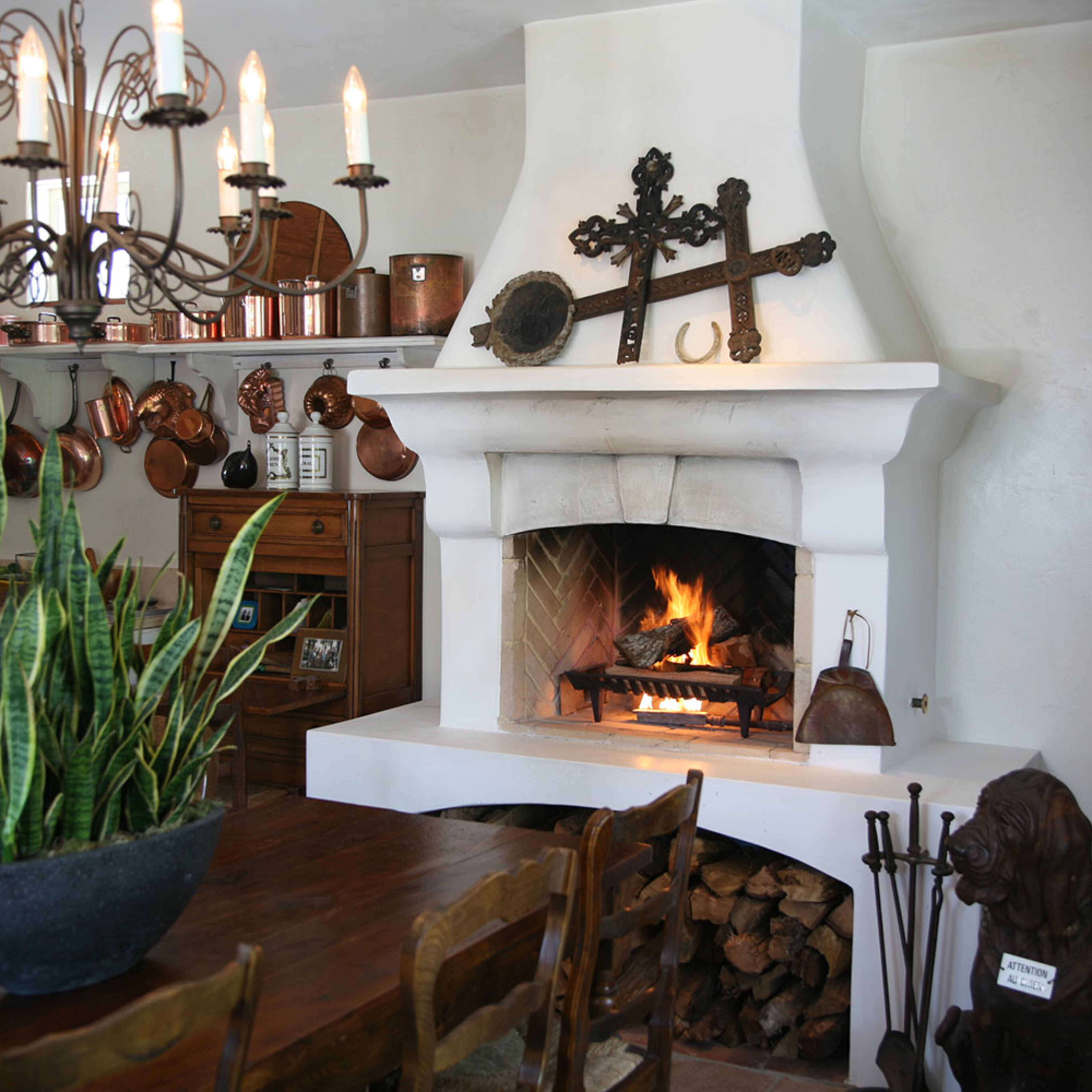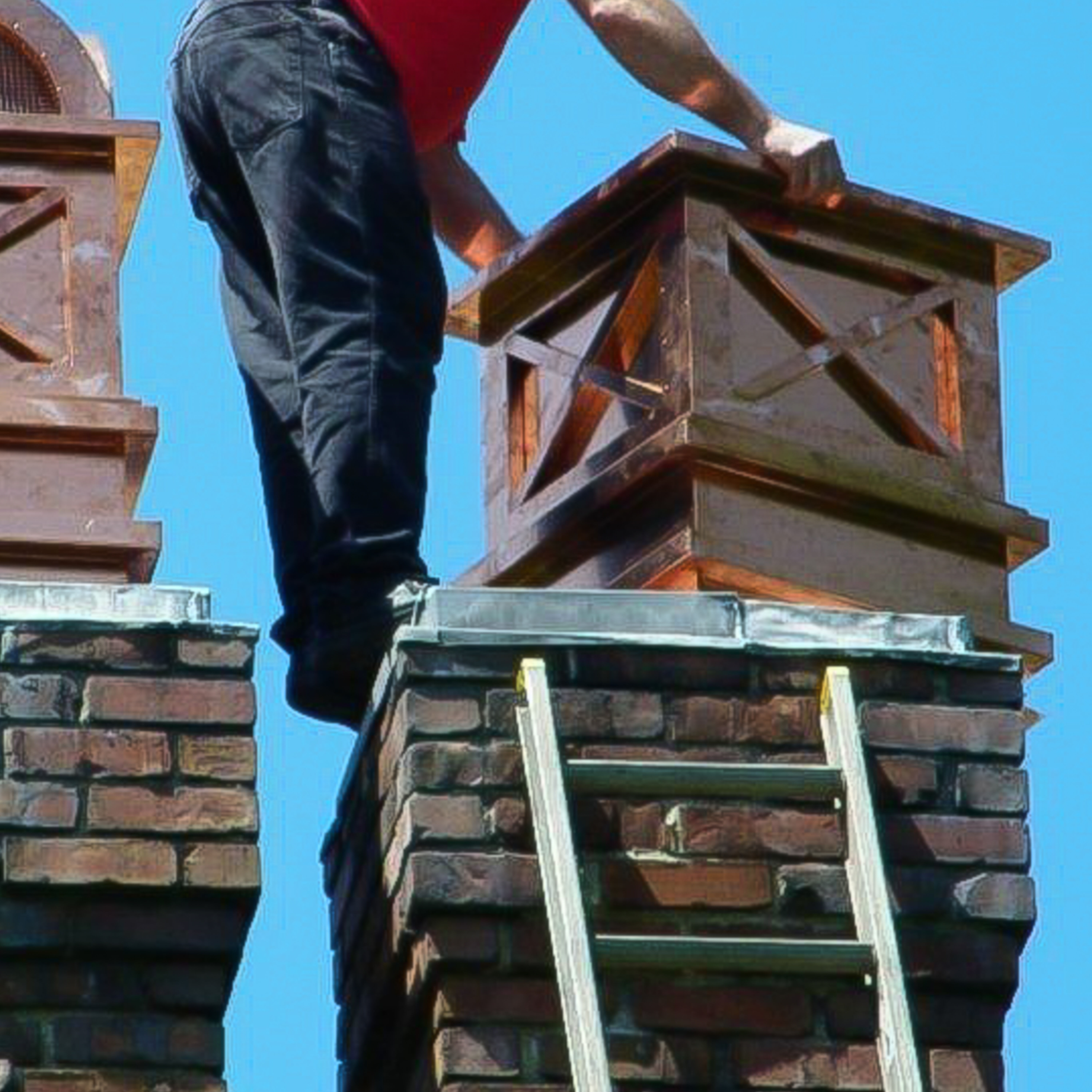Regular chimney inspections are crucial for prolonging the life of your fireplace, ensuring the safety of your home, and achieving maximum warmth during the fall and winter seasons.
By looking over your chimney every few months and hiring a professional to service it once a year, you’ll have a chance to fix dangerous blockages, replace faulty components, and remove built-up byproducts before they lead to costly repairs or fire hazards.
Your chimney system includes several essential components that need to be inspected and cleaned. We’ve created a comprehensive guide that outlines each area to pay attention to during your routine chimney inspection.
BEFORE YOU GET STARTED
Before you begin your inspection, you’ll need to gather a few supplies, including:
- Heavy-duty gloves
- Safety glasses or goggles
- Dust mask
- Flashlight
- Small mirror
- Pencil
- Piece of paper
Be sure to record your findings as you go through your chimney inspection. Taking detailed notes and photos of any areas that require attention will come in handy if you need to discuss repairs with a professional.
EXTERIOR INSPECTION
Chimney Cap & Crown
One of the first components to inspect is the chimney cap, which sits at the top of your chimney to prevent debris, animals, and rainwater from entering the opening.
Look around each side of your chimney cap to make sure it's free from cracks and securely attached to the flue tile.
Additionally, inspect your chimney crown for cracks, ensuring it’s properly sloped to keep water away from your chimney flue.
Masonry
Next, inspect the bricks and mortar on the outside of your chimney, noting any cracks, areas that are flaking off, or missing mortar.
Any significant damage to the bricks and mortar can lead to expensive structural issues, so it’s important to schedule a repair right away.
Step Flashing
The step flashing is where the sloped roof meets the masonry wall. Make sure the flashing is intact and properly sealed to prevent water leaks.
Exhaust Vent and Termination
If you have a gas or oil furnace, inspect the exhaust vent for any blockages or damage.
You’ll also need to examine the termination point of the exhaust vent on the outside of your house to make sure it’s clear of debris and functioning properly.
INTERIOR INSPECTION
Fireplace or Stove
If you have a fireplace or wood burning stove, inspect the firebox walls and floor for cracks, damage to the lining, and built-up debris.
Flue Liner
Flue liners are important for the safety of every chimney as they protect the inside masonry from corrosive byproducts, prevent chimney fires, and keep carbon monoxide out of your home.
Use a flashlight and a mirror to examine your flue liner for any cracks, gaps, or signs of deterioration.
You’ll also need to check the interior walls of your chimney for creosote buildup. This black, tar-like substance is highly flammable and can easily cause a house fire if left unchecked.
Damper
The damper is responsible for regulating the airflow in your chimney. It must be open when the fire is burning and closed when you’re not using your fireplace.
Make sure your damper opens fully and closely tightly, without getting stuck in either position. If the damper is sealed shut, smoke can quickly back up into your home. If it’s left open, cold air can flood in through the chimney.
Smoke Chamber
The smoke chamber is located directly behind the fireplace damper. Shine your flashlight inside this area to check for any signs of corrosion or creosote buildup.
It’s important to keep your smoke chamber clean as it helps funnel smoke and gases out of your fireplace and up your chimney flue.
Stovepipe Connector
If you have a wood burning stove, inspect the stovepipe connector running from your stove to the chimney, making sure it’s securely attached and free from dents, warping, and cracks.
SCHEDULE A PROFESSIONAL INSPECTION
Even if you don’t find any issues, it’s still important to hire a local, certified chimney sweep or technician to inspect and clean your chimney components at least once a year.
Many vital parts of your chimney are hidden or require special tools to access. Chimney professionals are equipped with all the training and materials necessary to get the job done safely.
They also tend to be busy during the fall, since many homeowners wait to get their hearths inspected right before colder weather settles in. Avoid the rush by scheduling your chimney services in the spring.
Booking your inspection early allows you to take care of any repairs, order replacement parts, and make sure your chimney is clean well before burning season, so you can enjoy a cozy fire on the first cold day of the year.
WE’RE HERE TO HELP
Have any questions about how to inspect your chimney components? We’d love to help! Call our team of NFI certified experts today at 800.919.1904.
MORE RESOURCES:
Find out what kind of chimney cap you need and how to install it correctly.
Everything you need to know about masonry fireplaces and chimney safety.
Here are five reasons why you should clean your chimney every spring.



